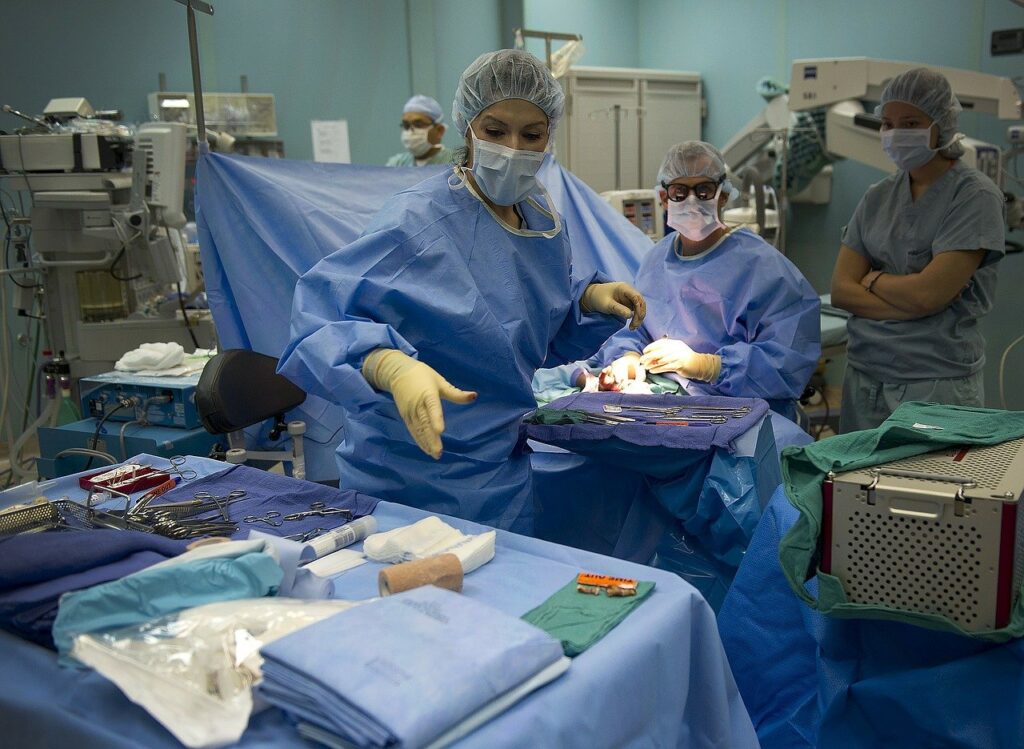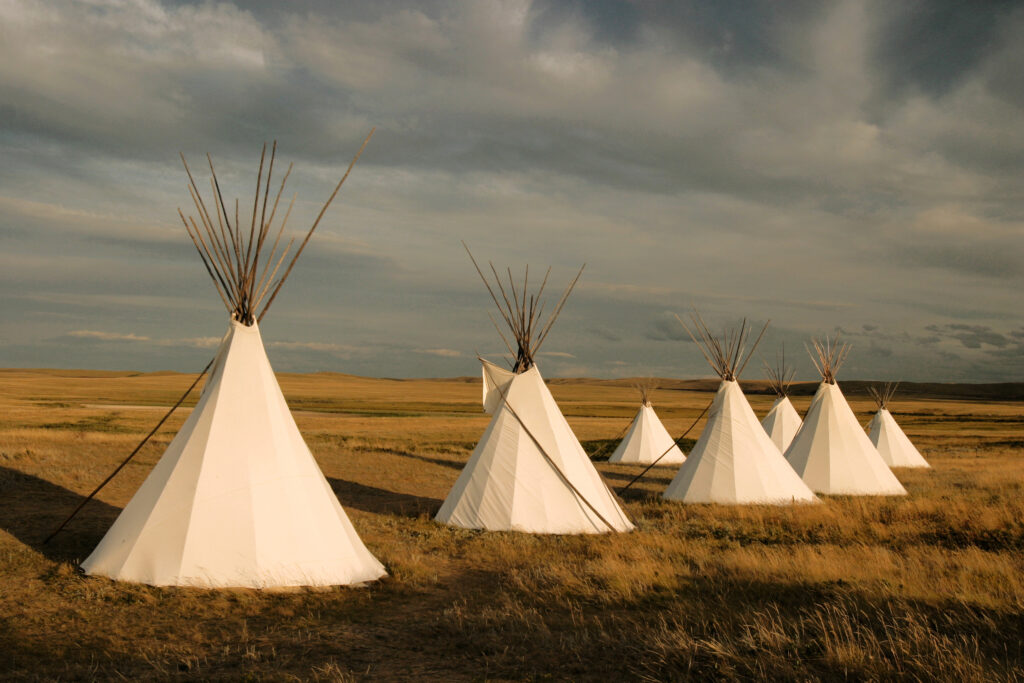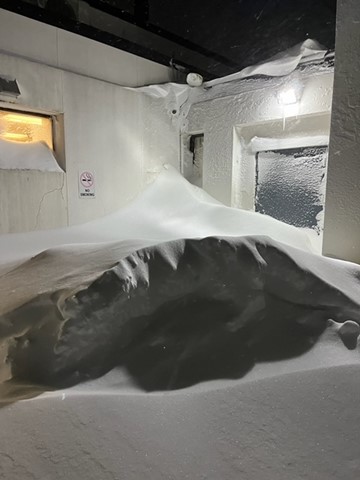“What is the universe?” When a child asks that question, you can be sure they’re going to grow up to accomplish great things. In the case of Dr. Vonetta Drakes, it led her to an adventurous medical career.
“It was a crazy road, not a straight shot,” she says of her career path. “I was a curious child – always in the books, always daydreaming. Wondering ‘What is the universe?’ and having those kinds of thoughts.”
Her quizzical nature turned clinical when her grandmother died. “I had all these questions: ‘What will happen to her body? My parents didn’t know what to make of me – but they said to do well in school so I could do what I wanted when I grew up. They were poor, humble but ambitious immigrants from Panama, with a military background and a strong work ethic.”

Dr. Drakes’ family included nurses, which helped spark her early attraction to medicine. She studied for two years of nursing herself, but observed a cardiac surgery that made her think about becoming a doctor. After graduating with her BA in Psychology from Rutgers University, she took a year off, studying for the MCATs and taking some post-baccalaureate courses. She could only afford to apply to four medical schools – and she was accepted at Philadelphia College of Osteopathic Medicine.
Dr. Drakes’ emergency medicine rotation – in a Bronx level 1 trauma center – was an “eye opening experience to the real world” in her words. It was here that her aspirations took another turn.
“I was gung-ho about doing surgery until had a few surgery rotations under my belt – and then I realized didn’t have the personality for it,” she says. “And I didn’t want to give up that much of my life.”
New Directions
After completing her residency in the Bronx at Saint Barnabas Hospital, Dr. Drakes practiced in New York City for 8 years. She also traveled around the world – something her childhood had prepared her to do with confidence. “Because I was a military kid, I lived in all kinds of environments. I can acclimate to any area,” she says.
That adaptability helped her navigate another change when the pandemic hit. Working locums in Florida and in New York City, at the time, she began working with sick COVID patients and using more her critical skills set like intubation, arterial lines, central lines, chest tubes, resuscitations, and speaking with families about end-of-life care. That was when she got a phone call from a Tribal Health recruiter, telling her about a job in South Dakota where she would work with Native American patients.
“That interested me,” she said. “I was so naïve of Native American culture, I had never met or seen a Native American. Interestingly enough, only 2% of doctors are Black females, and I usually likely to work in my own communities, with patients that I share the same culture and background with since it’s underserved usually. When I got the call to work with Native Americans, I was excited because I could relate to that community, being a minority– and I felt I could connect with most of my patients. My goal was to treat them as how I would want to be treated and make sure they got good care.”

Dr. Drakes’ experience with Tribal Health first introduced her to the Lakota people. “Working for Tribal Health is like Doctors without Borders but I don’t have to leave the country,” she says. “This is an underserved area with limited resources. Sometimes it takes patients a while to warm up to the staff but these are the nicest, sweetest people. My approach is, ‘I can’t imagine the pain, the challenges and trauma you’re facing right now, but I do care and I hope this gives you some solace.’”
Dr. Drakes’ friends and family have asked her why she keeps going back to such remote areas, as her current location involves two flights and a two-and-a-half-hour drive from Rapid City. Her answer: “I’ve never had a job where I felt so needed and felt that I could do some good.”
Another reason: “Working and being with the people, getting to know the culture and learning about things they do spiritually. Like being invited to a powwow – I said, really, I’m invited?”
“The Native American people are the reason I want to stay and work in this community,” she says. “I can also relate to them. I may not know how it feels to be Native, but I do know how it feels to be a minority.”
Providing Care on Indigenous Lands
Plenty of providers want to work in Tribal nations, but both the facilities and patient interactions may be different from what they expect. Dr. Drakes observed a few differences herself: “The pace is slower here. The patients are shy. I have to be patient with them; sometimes it takes them a bit to warm up to me. They are also kinder. To be frank, I’m not getting cursed out on the regular like I would in New York inner city hospitals. But it stays interesting – I certainly do more procedures here, especially since I work nights. And things are so remote that I’ve put in more chest tubes here than I have at other facilities. Usually there is a trauma team, but here it’s just me and the nurses and a midlevel.”

For other providers serving Indigenous lands, Dr. Drakes has advice: “Make sure your energy is matching. The tribe is usually calm and cool as cucumber, you want to match that energy. Don’t speak loudly, but calmly. Be considerate. That’s something I had to really learn myself. I have a high level of energy, especially when I’m happy. I am a boisterous New Yorker but I can’t bring that high-level energy to my Native patients, they need calm energy.”
“As a New Yorker, I am always in a rush, I tend to kind of speed through so I have to tell myself to slow down,” Dr. Drakes says. “Don’t make them feel rushed. Just sit down and have a conversation. The information will come to you, if you are patient. It sounds so simple but it something I remind myself to do when I am working.”
A Collaboration in Care

“I also love working with my Native staff members, like Angel Wilson, NP, and Monique Sioux Bob, RN,” Dr. Drakes says. “Angel is my guardian angel. She and her husband, Darren Crowe, saved me during the winter vortex when the weather was negative 22 degrees. I had just come back from Antarctica, which was 20- to 30-degree weather. I literally still had some of my gear, because I know the winters here can be harsh, but this winter was particularly bad for me. In New York City, we don’t get this much snow, and I have never experienced negative 22-degree Fahrenheit weather. Not even in Antarctica. I panicked, really panicked, when I walked out of the airport to my rental car. I was crying and fearful and so scared. I was so cold, I knew it was dangerous if I lingered outside. I had these tiny gloves on that didn’t do anything to protect my hands.”
In a panic, Dr. Drakes called Angel, “because she is the calm in the storm,” she says. “When we work together, she is always the calmest of any staff member there. She helped calm me down, she told me breathe, not to drive, and that her husband would come and get me. I didn’t think I could make the drive with all the snow drifts. After calming down, I was able to drive to their home in Rapid City.”
Dr. Drakes bonded with Angel and her husband Darren, noting, “It was like talking to a long-lost friend.” After having “the best sleep of my life,” she followed Darren the next morning to Rosebud IHS. What was normally a two-and-a-half-hour drive took 12 hours in the extreme winter weather. Leaving at dawn, they arrived around 7:00 pm, only for Dr. Drakes to find her apartment building was snowed in. Angel and Darren helped her get her luggage and groceries into the building.
“You could not get that kind of door-to-door hospitality in New York City,” Dr. Drakes says. “They both kept checking on me. And I consider them friends now. I would do anything for them. They are angels. And that’s how I feel about the community. When I was at my worst, they were there for me. So I want to pay it forward. I can’t help but try to give good medicine here – because I have been treated so well here by the members of this community.”

